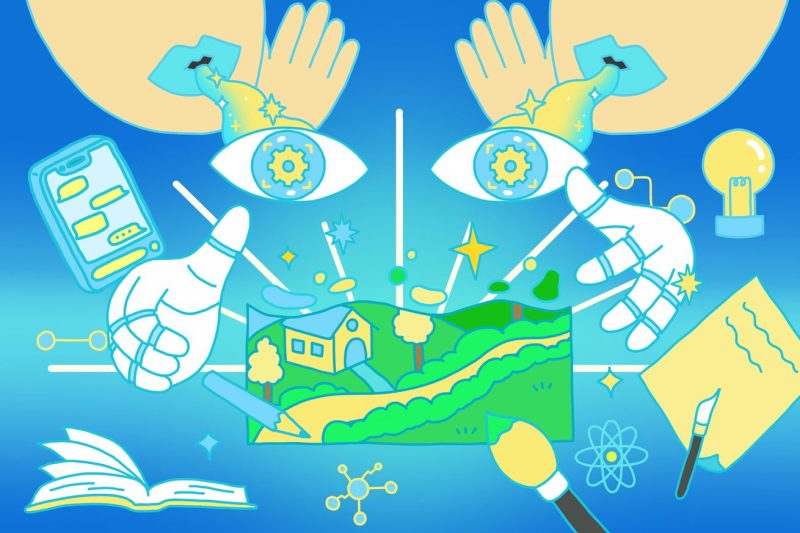In a digital age characterized by rapid advancements in artificial intelligence (AI) technology, there exists a growing concern regarding the potential consequences of using AI to manipulate visual content. The recent emergence of tools capable of transforming real photographs into fantastical images has drawn the attention of both tech enthusiasts and industry giants like Apple. With companies investing heavily in AI research and development, the ethical implications of AI-generated content have become a topic of significant debate.
The ability of AI algorithms to seamlessly blend elements from various sources into a single image has sparked interest and raised red flags within the tech community. One primary concern is the potential misuse of such technology to create misleading or fabricated content with serious implications for society. By enabling users to distort reality and create convincing visual falsehoods, AI tools have the power to deceive and manipulate audiences on a grand scale.
Apple, known for its commitment to user privacy and data security, has expressed reservations about the unchecked proliferation of AI applications that can alter the authenticity of visual media. The company’s emphasis on safeguarding user trust and ensuring the integrity of the content shared on its platforms underscores the broader ethical responsibility of tech companies in navigating the ethical landscape of AI development.
The rise of deepfake technology, in particular, has amplified concerns surrounding the authenticity and trustworthiness of visual content in the digital sphere. Deepfakes, which involve the use of AI to superimpose individuals’ faces onto different bodies or alter their appearances in videos, have raised alarms regarding the potential for misuse in various contexts, including politics, entertainment, and personal relationships.
As the boundaries between reality and artificiality blur in the digital realm, the need for robust ethical guidelines and regulatory frameworks governing AI applications becomes increasingly apparent. Initiatives aimed at promoting transparency, accountability, and responsible use of AI technology are essential in mitigating the risks associated with the unchecked proliferation of AI-generated content.
In conclusion, the convergence of AI and visual media presents both exciting opportunities for innovation and profound challenges for maintaining the integrity of digital content. Companies like Apple play a crucial role in shaping the ethical standards and best practices that govern the development and deployment of AI tools. By prioritizing user trust, privacy, and the responsible use of AI technologies, we can foster a digital landscape that harnesses the power of AI while safeguarding against its potential negative consequences.




























